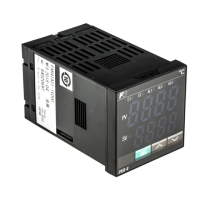
Do you have a question about the Fuji Electric Model: PXR4 and is the answer not in the manual?
| power voltage | 100 (- 15%) to 240V AC (+10%) |
|---|---|
| power consumption | 15V AC or less/240V AC |
| maximum current | 20mA or less |
| relay contact output 1 | SPDT contact, 220VAC / 30VDC 3A |
|---|---|
| relay contact output 2 | SPST contact, 220VAC / 30VDC 3A |
| alarm output | Relay contact (SPST contact) 220V AC / 30V DC 1A |
| ambient temperature | -10 to 50°C |
|---|---|
| operating ambient humidity | 90%RH or less |
| preservation temperature | -20 to 60°C |
Technical drawings and dimensions for unit installation and panel cutouts.
Important safety notes and best practices for wiring the controller.
Guidelines for installing multiple units adjacent to each other, including thermal considerations.
Detailed diagram showing terminal connections for power, signals, and outputs.
Explanations for specific terminal connections and accessory installations.
Overview of the controller's buttons, displays, and indicator lamps.
Description of how each setting key (S1, S2, S3) operates.
How the controller behaves and what is displayed in standby mode.
Procedures for changing set values and navigating between parameter blocks.
Step-by-step guide for selecting and changing parameter values.
Detailed list and description of parameters in the first block, including standby, alarm, and auto-tuning settings.
Comprehensive list of parameters related to PID control, input, and range settings.
Parameters for control action, alarm functions, digital input, and communication settings.
Explanation and examples of the ON/OFF control mode operation.
Guides for automatic and self-tuning to optimize PID parameters.
Details on alarm, ramp/soak, communication, and digital input functions.
Details on parameters like bAL and Ar for overshoot suppression.
How to select the correct sensor type and check input configurations.
Guide to selecting ON/OFF, PID, or Fuzzy control algorithms.
List of error codes, their possible causes, and control output behavior.
Codes for various sensor input types like Thermocouple, RTD, and voltage/current signals.
Codes defining heating/cooling control actions and outputs at burn-out.
Standard temperature and signal ranges for different input types.
Detailed codes for alarm types, action logic, and dual set value configurations.
Breakdown of model code digits and their corresponding specifications.
Details on power voltage, consumption, output ratings, and communication interface.
Ambient conditions, humidity, preservation temperature, and digital input capacity.

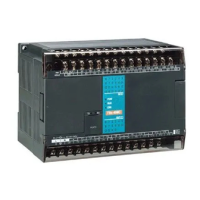


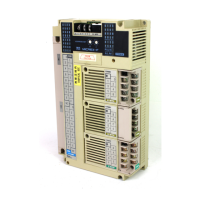
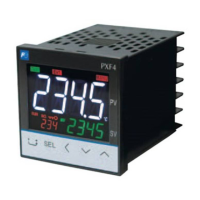
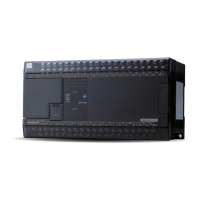
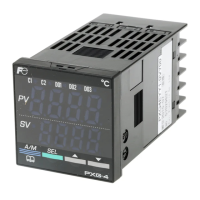

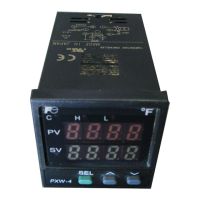
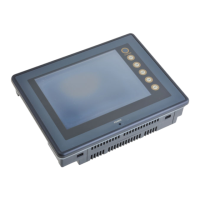

